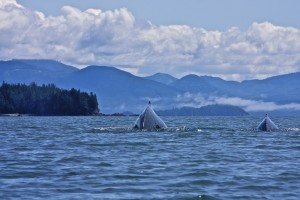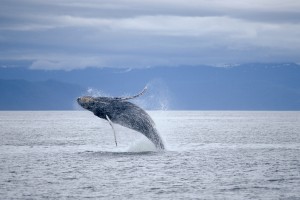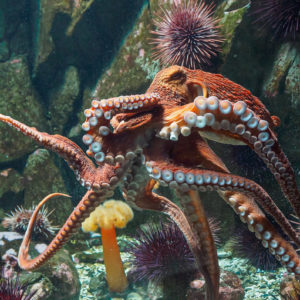Why is downgraded protection for BC’s Humpback Whales an extra special concern?
On April 19th the federal government published an order to down-list, or downgrade protection of, the North Pacific Humpback Whale population under Canada’s Species At Risk Act (SARA). The order was published in Canada Gazette Part I, where proposed regulations gestate and briefly undergo consultation before becoming official under Gazette Part II. Until May 17th Canadians are invited to share their comments on this order here.
But enough of the Civics lesson, why did this happen and what does it mean?
It all began back in 2011 when Canada’s premier independent scientific advisory body on the state of wildlife, called COSEWIC or the Committee for the Status of Endangered Wildlife in Canada, assessed the available data for the North Pacific population of the Humpback Whale, found along the entire British Columbia coast and into northwest Alaska. Based largely on an estimated increase of more than 50% in the North Pacific Humpback population over the last 64.5 years, COSEWIC determined that the species’ abundance has improved sufficiently to have its legal status downgraded from “threatened” to “special concern” under SARA.
Despite what may appear to be semantics, this change has legal significance in that species that are listed as “threatened” or “endangered” under SARA receive full protection under the general prohibitions of the Act as well as legal protection of their critical habitat. The Act still applies to species of “special concern” of course, but they do not enjoy the same degree of protection as the more ‘at-risk’ species listed.
Whatever this change entails, we mustn’t overlook the fact that COSEWIC doesn’t make such recommendations lightly. In recommending this down-listing to government, COSEWIC was careful to note that the North Pacific Humpback population is still not in the clear and coupled with the threats it still faces, cannot be considered a “recovered” population that’s free from risk. Therefore, it still warrants the federal government’s attention under SARA, and the science firmly supports that approach.
But what about the proposed Northern Gateway Pipeline? The Trans Mountain Pipeline? New oil tanker traffic up and down Canada’s west coast? What could these new developments, and the threats they could bring, mean for the North Pacific Humpback Whale? Surely they won’t be beneficial and with reduced protections for this population under SARA, there’s a narrower scope of potential impacts on the species and its habitat to be considered, mitigated or avoided altogether.
Some critics say the government’s timing for this Order, whether it’s based on scientific advice or not, is suspect given the proposed mega-projects along the west coast. I would offer this perspective, however: the timing of this order is troubling because it demands that government keep a close eye on a species that’s not yet in the clear, and that may face new threats, all in the midst of significant government downsizing and loss of science capacity. Simply put, you can’t respond to changes in populations that you don’t monitor, and you don’t monitor without people. The timing of this government Order is unfortunate because it signals a loss of scientific and monitoring capacity for the species at the very time when threats to North Pacific Humpback Whales from ship strikes and tanker oil spills are very likely to increase.
So that, in my view, is what this seemingly semantic change could mean for North Pacific population of Canada’s Humpback Whales.





